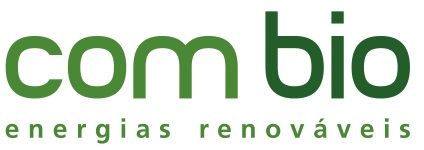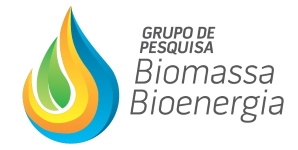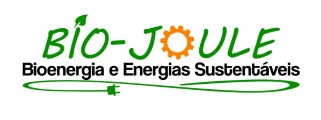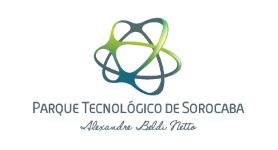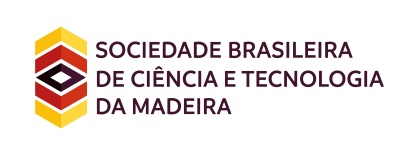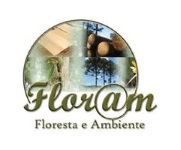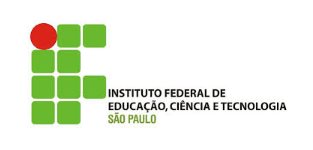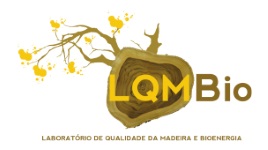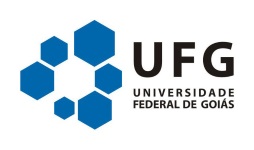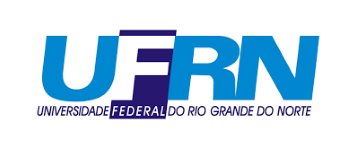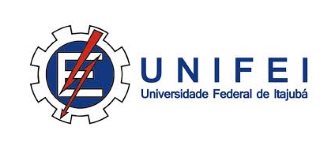THE USE OF NON-THERMAL PLAMA FOR INTRACELLULAR LIPID EXTRACTION FROM MICROALGAE FOR BIODIESEL PRODUCTION
01 - Algae
 1 ELISA HELENA SIEGEL MOECKE, 1 AMANDA SCHUENG LIMA , 1 ANA CAROLINA DE AGUIAR, 1 RHUAMM IVO S. WERNER, 1 LEANDRO SOUZA, 2 ANGELO PAGGI MATOS, 1 ANELISE LEAL VIEIRA CUBAS
1 ELISA HELENA SIEGEL MOECKE, 1 AMANDA SCHUENG LIMA , 1 ANA CAROLINA DE AGUIAR, 1 RHUAMM IVO S. WERNER, 1 LEANDRO SOUZA, 2 ANGELO PAGGI MATOS, 1 ANELISE LEAL VIEIRA CUBAS
1 UNISUL - UNIVERSIDADE DO SUL DE SANTA CATARINA
2 UFSC - UNIVERSIDADE FEDERAL DE SANTA CATARINA
Microalgae production has been considered as a potential feedstock for biofuel production. The use of non-thermal plasma (NTP) for algal lipid extraction has been emerged as an alternative approach for intracellular extraction compounds such as lipids and fatty acids that can be converted into biodiesel. Previous work has been shown that NTP promotes a disruption of the algal cell wall enhancing lipid recovery in comparison with control treatment such as sonication method. The aim of this work was to compare the lipid content from two algae species: marine algae Nannochlorospsis oculata (NOC) cultivated in F/2 medium and freshwater algae Scenedesmus sp. (SCD) cultivated in water bodies with high concentrations of nitrogen and phosphorus. Results indicated that there was a maximum production of lipids on the tenth day of culture. In addition, NTP-assisted method was used for intracellular lipid extraction coupled with a mixture of methanol/chloroform/water. Lipid content from NOC under control treatment was 22.47 mg L-1 and for SCD was 19.27 mg L-1 while using NTP the lipid recovery was 27.59 mgL-1 for NOC and 24.51 for SCD, respectively; indicating that NTP is a potential alternative to enhance lipid recovery. Descriptions of disrupted algal cell by NTP were also supported by micrograph images of the damaged cells.
Keywords: microalgae; iipid extraction; non thermal plasma
Acknowledgments: This research was supported by the National Council for Scientific and Technological Development (CNPq/PIBITI) and Government of the State of Santa Catarina (Art. 171 Uniedu/Fumdes).
